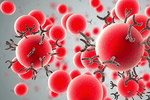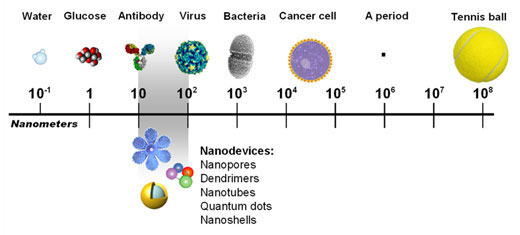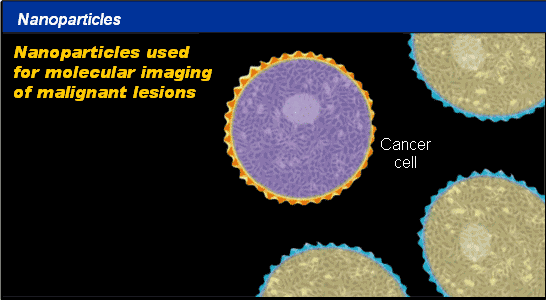Manhattan Scientifics acquired Senior Scientific, along with all its patents and IP in the emerging field of nano medicine; specifically Dr. Flynn's work in biomagnetic detection of cancer and other diseases through magnetic field sensors. These sensors make it possible to identify and image small clusters of cancer cells substantially increasing the sensitivity for finding cancer at an earlier stage than is currently available, and without the use of ionizing radiation or large magnetic fields. The biomagnetic sensor method is applicable to breast, ovarian, leukemia, prostate, melanoma, and other cancers. Dr. Flynn's research has been funded by the National Institute of Health (NIH). Management intends to identify one or more appropriate Fortune/500 industrial partners in the Big Pharma group to bring product to the market under royalty bearing licenses.
Manhattan Scientifics and some of its key investors invested into Senior Scientifics. On November 17, 2016, Senior Scientific merged with and into Imagion Biosystems Ltd., a Nevada company. Following the merger, Imagion held all of the liabilities, obligations and assets of Senior Scientific and Manhattan Scientifics continued as the sole equity holder of Imagion. On November 29, 2016, the Company announced a plan to have Imagion pursue an IPO and listing on the Australian Stock Exchange (ASX). Imagion is now listed on the Australian Stock Exchange under the symbol IBX. As of June 31, 2018, Manhattan Scientifics presently owns approximately 29% of the issued and outstanding shares of Imagion.
To learn more about Imagion Biosystems and the technologies being developed, please visit www.imagionbiosystems.com.
The term "Nanomedicine" is commonly used to describe the convergence of nanotechnology and pharmacology. It has been defined as "the science and technology of diagnosing, treating, and preventing disease and traumatic injury, or relieving pain, and of preserving and improving human health, using molecular tools and molecular knowledge of the human body" by the European Science Foundation. (European Science Foundation)
 Nanomedicine will soon be used for diagnosing and treating cancer, musculoskeletal and inflammatory diseases, neurodegenerative diseases, diabetes and infectious diseases. In general, nanotechnology has the incredible potential to improve patient outcomes. What does this mean? Patients will be living longer with a greater quality of life!
Nanomedicine will soon be used for diagnosing and treating cancer, musculoskeletal and inflammatory diseases, neurodegenerative diseases, diabetes and infectious diseases. In general, nanotechnology has the incredible potential to improve patient outcomes. What does this mean? Patients will be living longer with a greater quality of life!
In the fight against cancer, nanotechnology introduces unique approaches to diagnosis and treatment that could not even be imagined with conventional technology. New tools engineered at sizes much smaller than a human cell will enable researchers and clinicians to detect cancer earlier, treat it with much greater precision and fewer side effects, and possibly stop the disease long before it can do any damage.
Nanotechnology is the development and engineering of devices so small that they are measured on a molecular scale. This emerging field involves scientists from many different disciplines, including physicists, chemists, engineers, information technologists, and material scientists, as well as biologists. Nanotechnology is being applied to almost every field imaginable, including electronics, magnetics, optics, information technology, materials development and biomedicine.
Nanoscale devices are one hundred to ten thousand times smaller than human cells. They are similar in size to large biological molecules ("biomolecules") such as enzymes and receptors. As an example, hemoglobin, the molecule that carries oxygen in red blood cells, is approximately 5 nanometers in diameter. Nanoscale devices smaller than 50 nanometers can easily enter most cells, while those smaller than 20 nanometers can move out of blood vessels as they circulate through the body.

Because of their small size, nanoscale devices can readily interact with biomolecules on both the surface and inside cells. By gaining access to so many areas of the body, they have the potential to detect disease and deliver treatment in ways unimagined before now.
Reference: Ed Neuwelt, Oregon Health Sciences University
